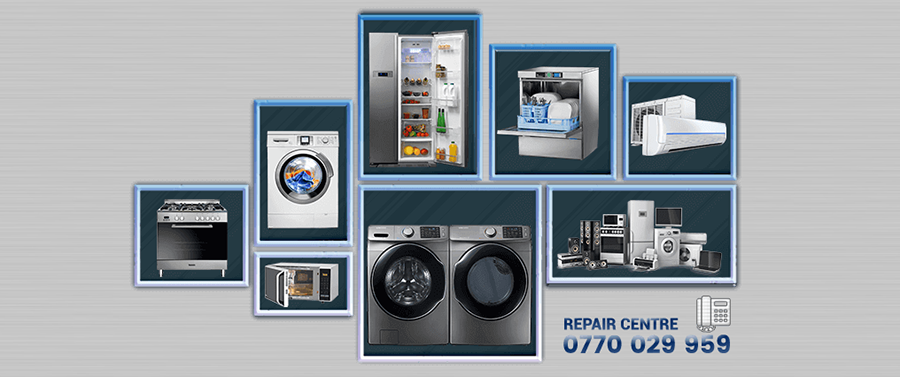
Arc Blow
Authored by Repair.co.ke
Arc blow is a welding fault where the arc deviates from its intended path, resulting in uneven welds or difficulty maintaining a stable arc. This issue is particularly common in DC welding processes, such as stick or TIG welding, and can affect weld quality.
Arc blow is often caused by magnetic fields generated during welding, which deflect the arc. This can occur when welding near large metal structures or using improper grounding techniques, such as placing the ground clamp too far from the weld area. Machine issues, such as inconsistent current output or faulty grounding connections, can exacerbate arc blow. Residual magnetism in the workpiece, particularly in ferromagnetic materials, can also contribute.
Diagnosing arc blow involves observing the arc for deflection or instability during welding. Check the ground clamp placement, ensuring it is close to the weld area and securely attached to a clean surface. Inspect the workpiece for residual magnetism using a gauss meter, if available. Test the machine’s output for consistent current delivery, as fluctuations may indicate internal faults requiring professional repair.
Preventive measures include optimizing ground clamp placement and using multiple clamps for large workpieces to balance magnetic fields. Demagnetize ferromagnetic materials before welding, if possible. Maintain consistent machine settings and regularly inspect grounding connections. Using AC welding instead of DC can reduce arc blow in some cases, depending on the material and process.
Arc blow can lead to defective welds and increased rework, impacting efficiency. By addressing magnetic interference and maintaining equipment, welders can minimize this fault and achieve stable arcs.
Authored by Repair.co.ke